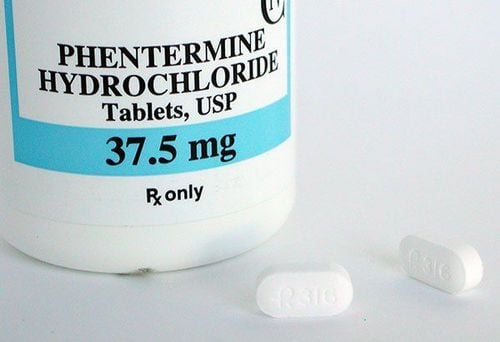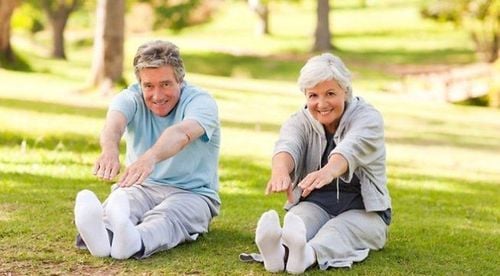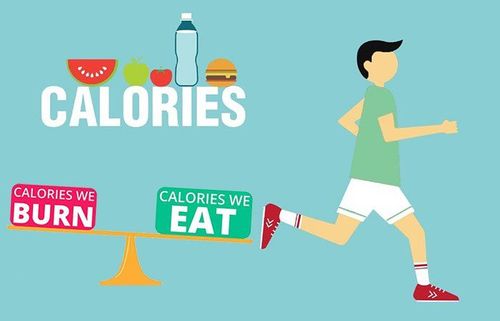This is an automatically translated article.
Hot yoga has the ability to give your heart, lungs, and muscles the strength to work out at a higher intensity. Do you want to learn more about the ways you can benefit from hot yoga? This article will take a closer look at the benefits of hot yoga sweating and how you can get started with hot yoga.1. What is Hot Yoga?
Hot yoga has become a popular exercise in recent years. It offers many of the same benefits as traditional yoga, such as reducing stress, improving strength and flexibility. Hot yoga has gradually become a popular exercise in recent years. It offers many of the same health benefits as traditional yoga practices, such as reducing stress, improving strength and flexibility of muscles and joints. However, when the temperature rises, hot yoga also has the ability to give our heart, lungs and muscles a more intense workout thus providing greater health benefits.Many people may have heard the terms “hot yoga” and “Bikram yoga” used interchangeably, but they are not exactly the same. Bikram yoga, discovered and developed by a yogi named Bikram Choudhury, is performed in a room heated to 105°F (about 41°C) with 40 percent humidity. Bikram yoga consists of 26 poses and two breathing exercises performed in the same order as in regular yoga classes. Bikram yoga sessions usually last 90 minutes.
On the other hand, hot yoga really just means that the room is heated when the room temperature is normal. The temperature can be set to any degree desired by the yoga instructor, although the commonly used temperature range is between 80 and 100°F (27 to 38°C). Hot yoga sessions can include a variety of poses, and the duration of each class will vary from studio to studio. And unlike Bikram yoga, which is a quiet and serious practice, hot yoga often includes music and more interaction between the students in the class.
Bikram yoga has lost a large number of practitioners in recent years due to allegations of assault on its founder. Some studios may use the term "hot yoga" instead of "Bikram yoga" to describe their heated classes. Therefore, we should carefully read the class description before registering.
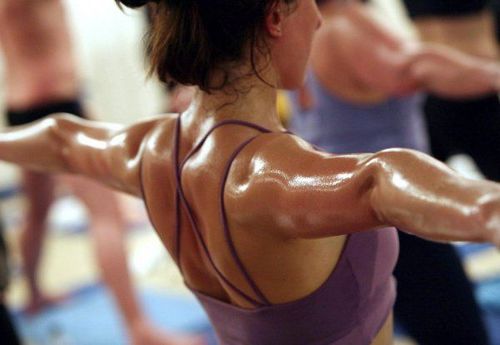
Yoga nóng đã trở thành một bài tập phổ biến trong các năm gần đây
2. 8 benefits of sweating with hot yoga
Regardless of room temperature, both hot yoga and Bikram yoga aim to bring relaxation to the mind and enhance the body of the practitioner. A hot environment can make yoga more difficult, but it also offers some benefits, especially if you're looking to make progress in one of the areas outlined below. If done correctly and safely, hot yoga can provide the following benefits:2.1. Improve flexibility Many people may already know that stretching after warming up is safer than stretching when cold. So an environment like a hot yoga studio can often make yoga poses easier and more effective. Heat allows the practitioner to stretch the muscle a bit more and achieve a greater range of motion. A 2013 study demonstrated the benefits of Bikram yoga when, after eight weeks, participants who practiced this form of yoga had more flexibility in their back, shoulders, and hamstrings than a control group.
2.2. Burn more calories A person weighing about 75kg can burn about 183 calories an hour with traditional yoga exercises. But increasing the heat can help us burn even more calories. According to researchers at Colorado State University, calories burned can be as high as 460 for men and 330 for women during a 90-minute session of Bikram yoga. Hot yoga, even if not at a high heat like a Bikram session, can burn more calories than a traditional yoga practice.
2.3. Strengthens Bone Density The support of gravity in a yoga pose can help build bone density. This is especially important for older adults and premenopausal women, as bone density has been shown to tend to decrease as we age. A 2014 study of women who participated in Bikram yoga for a period of 5 years found that premenopausal women had increased bone density in the neck, hips, and lower back. This leads the study's authors to believe that Bikram yoga may be an effective option for reducing the risk of osteoporosis in women.
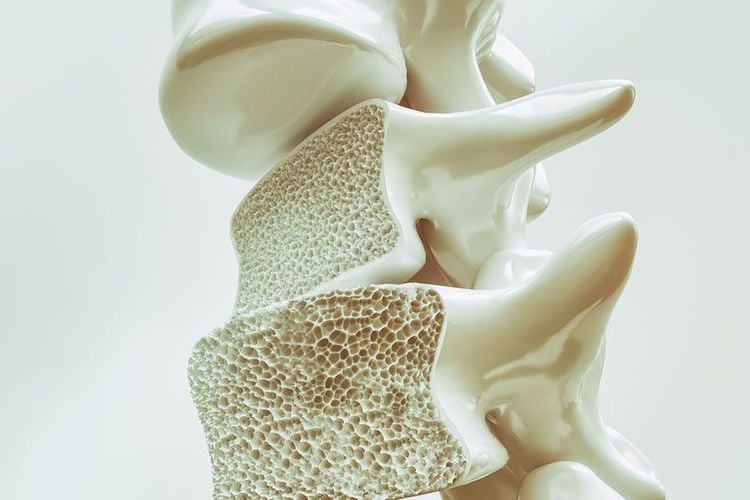
Sự hỗ trợ của trọng lực trong một tư thế yoga có thể giúp xây dựng mật độ xương
2.5. Reducing Depression Yoga is well known as a technique to help people relax and improve their mood. According to the American Psychological Association, it can also be a very useful therapy for reducing symptoms of depression. Additionally, a 2017 review based on the results of 23 different studies focusing on yoga as a treatment for depression concluded that yoga is an effective way to reduce symptoms of depression.
2.6. Strengthens the cardiovascular system Practicing different yoga poses at high heat can give a practitioner's heart, lungs and muscles a harder workout than doing the same pose in regular yoga exercises. . According to a 2014 study, just one session of hot yoga is enough to get our hearts working at the same rate as brisk walking (about 5-6 km/hr). In addition, hot yoga also helps to increase respiration and metabolism in the body.
2.7. Lowers Blood Sugar While any type of exercise can help burn energy and reduce circulating levels of glucose (sugar) in our blood, hot yoga can be an especially useful tool. beneficial, especially for those at risk for type 2 diabetes. A 2013 study found that a short-term Bikram yoga program improved glucose tolerance in overweight, obese older adults, but it had less effect on lean young adults.
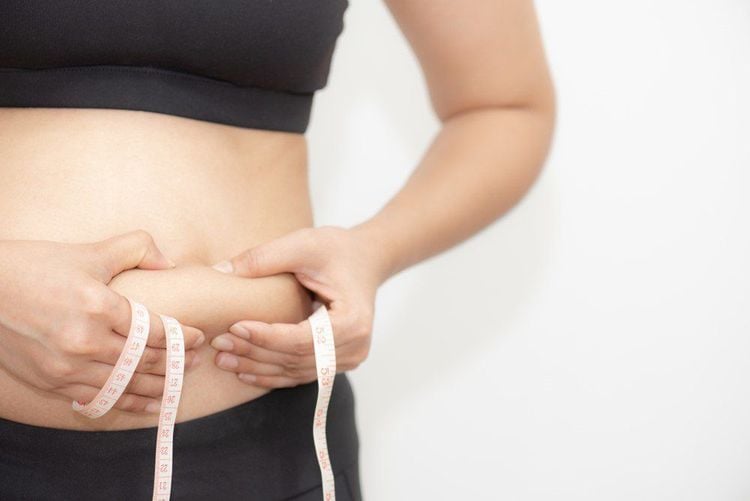
Một nghiên cứu năm 2013 cho thấy rằng một chương trình yoga Bikram ngắn hạn đã cải thiện khả năng dung nạp glucose ở người lớn tuổi bị thừa cân, béo phì
3. Tips for safe hot yoga
If a person is in good health, hot yoga is generally safe. However, as with most types of exercise, there are a few safety precautions to keep in mind:Dehydration is a primary concern when doing hot yoga. Drinking water before, during, and after a hot yoga class is essential. Low-calorie sports drinks can also help restore electrolytes lost during our hot yoga practice. Certain pre-existing health conditions can make it easier for a practitioner to faint in a hot room. This includes heart disease, diabetes, arterial abnormalities, anorexia associated with mental health, and a history of fainting. If the practitioner has low blood pressure or low blood sugar, they may be more prone to dizziness or lightheadedness during hot yoga. It is important to discuss with your doctor first to make sure that hot yoga is safe for you before proceeding to practice. Pregnant women should consult their doctor before doing hot yoga. If you have had problems with heat tolerance in the past, it is recommended that you continue to stick with your regular yoga practices. Stop right away if you feel dizzy, lightheaded or nauseous. Get out of the room and rest in a cooler environment. If you've never done yoga before, you might want to try a regular yoga class first to see if the instructor and studio are right for you. Besides that, ask about hot yoga classes and look up beginner classes.
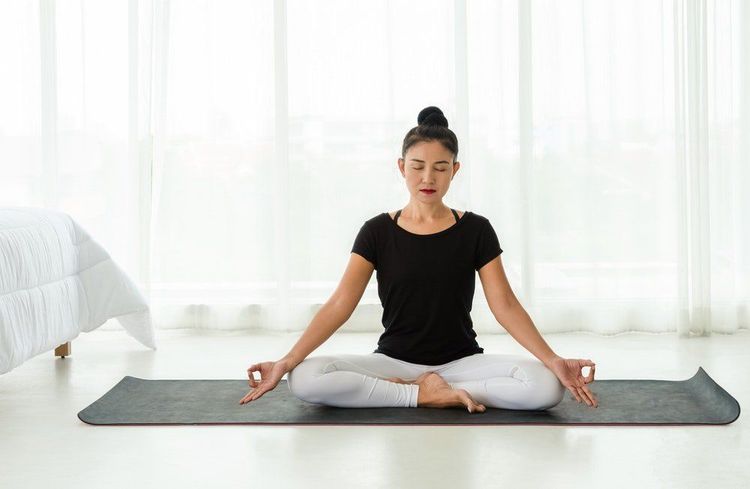
Nếu là người chưa từng tập yoga trước đây, bạn có thể muốn thử một lớp yoga thông thường trước
If you're ready to do hot yoga, consider these tips to get started: Wear lightweight, breathable fabrics that can absorb sweat. Bring a towel to lay on the yoga mat as it can get a bit slippery when you start to sweat. You can also bring an extra towel to wipe your face and hands with. Consider special gloves and socks that can provide a better grip in a hot yoga studio. Bring a large, insulated water bottle filled with cold water that you can sip on during your hot yoga session. Hot yoga may not be for everyone. But if you enjoy regular yoga and want to take it to the next level, it might be what you're looking for. Hot yoga brings many benefits to both the mind and body of the practitioner. It can help us burn more calories, build bone density, promote heart health, and improve flexibility. It can also help alleviate depression and reduce stress. If you have any health problems, including heart or artery problems, diabetes, anorexia nervosa, history of fainting or heat intolerance, consult your doctor first. while doing hot yoga.
Please follow the website ( www.vinmec.com ) for more information on health care instructions, which we will update regularly.
Please dial HOTLINE for more information or register for an appointment HERE. Download MyVinmec app to make appointments faster and to manage your bookings easily.
Reference sources: healthline.com, verywellfit.com



